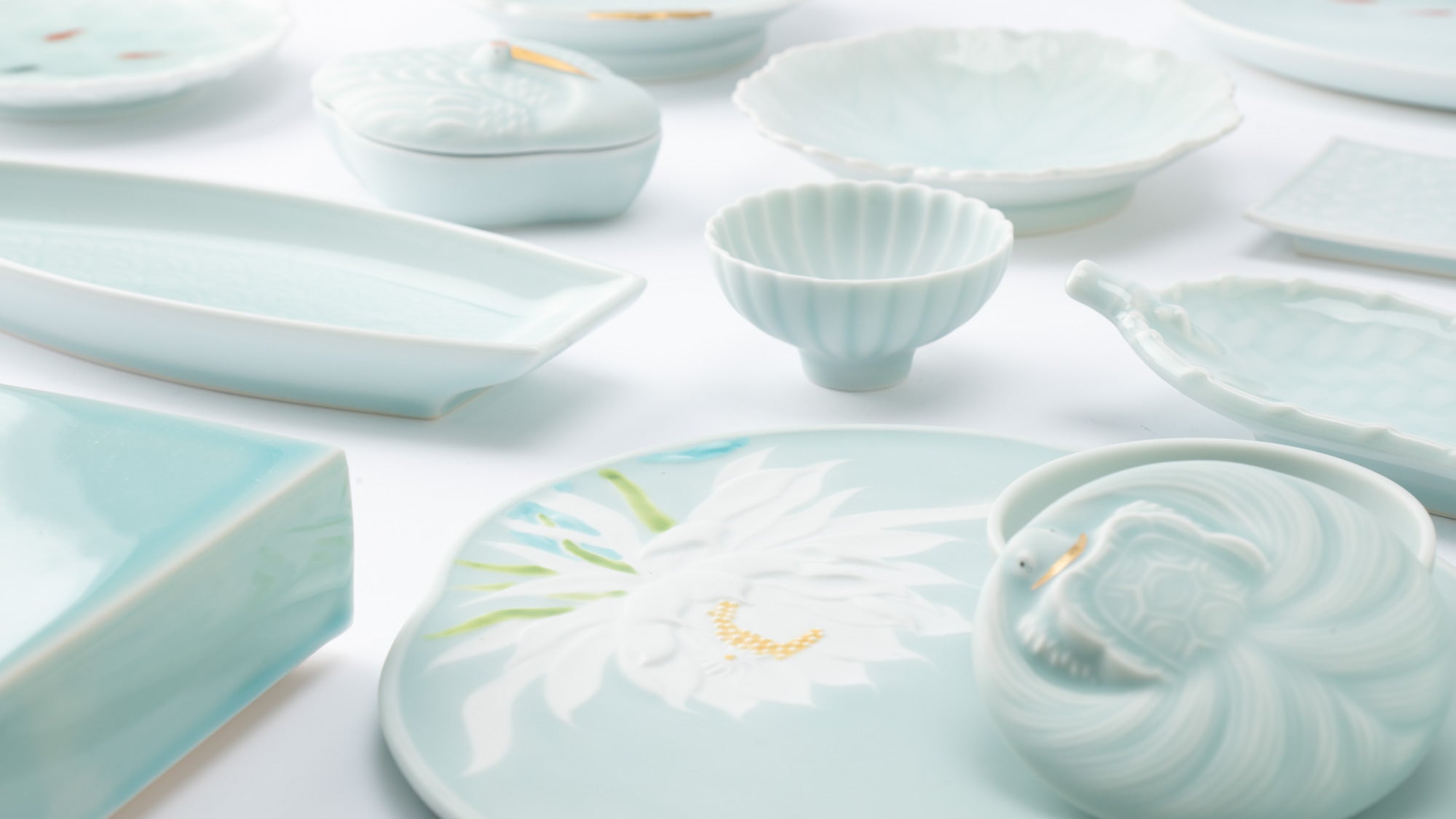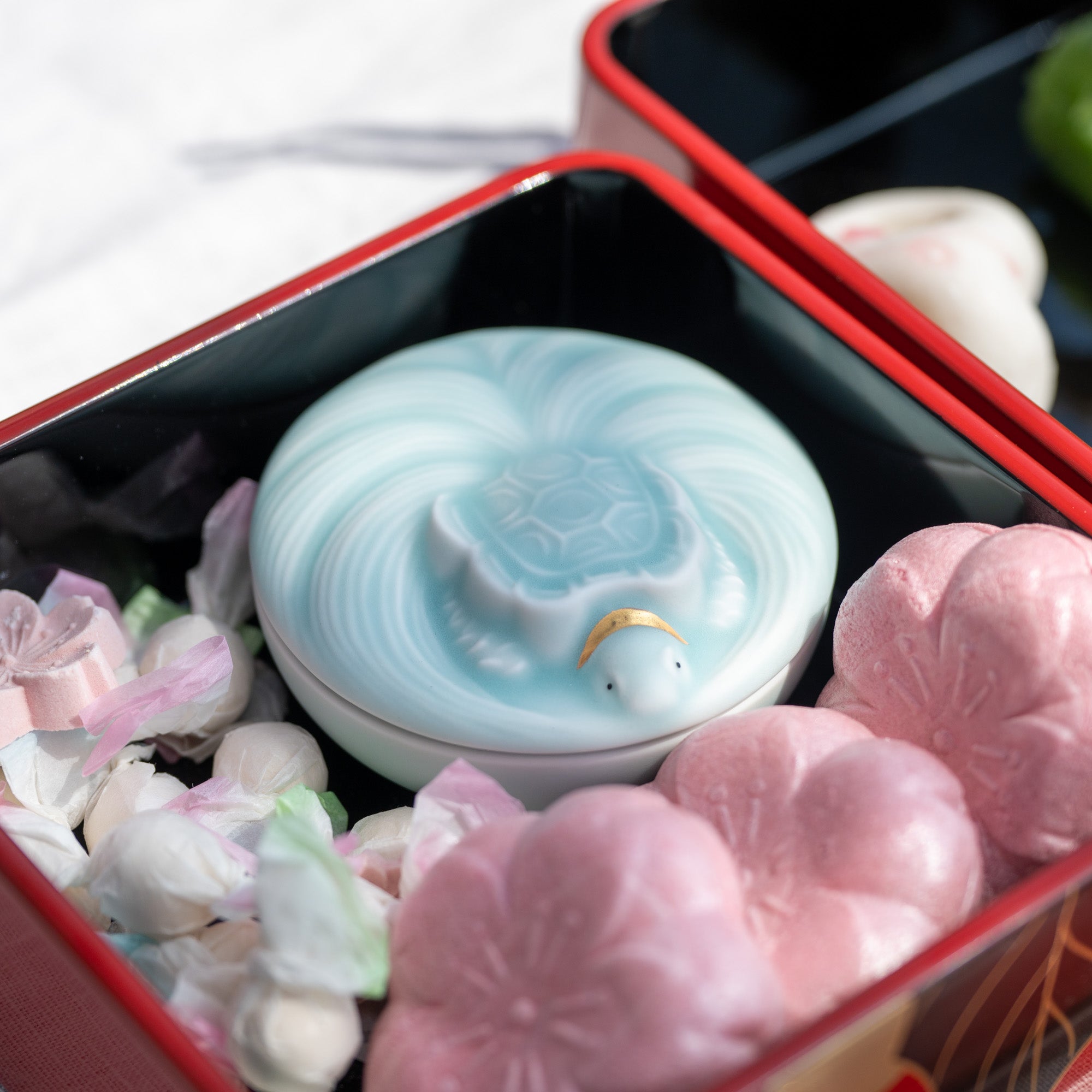
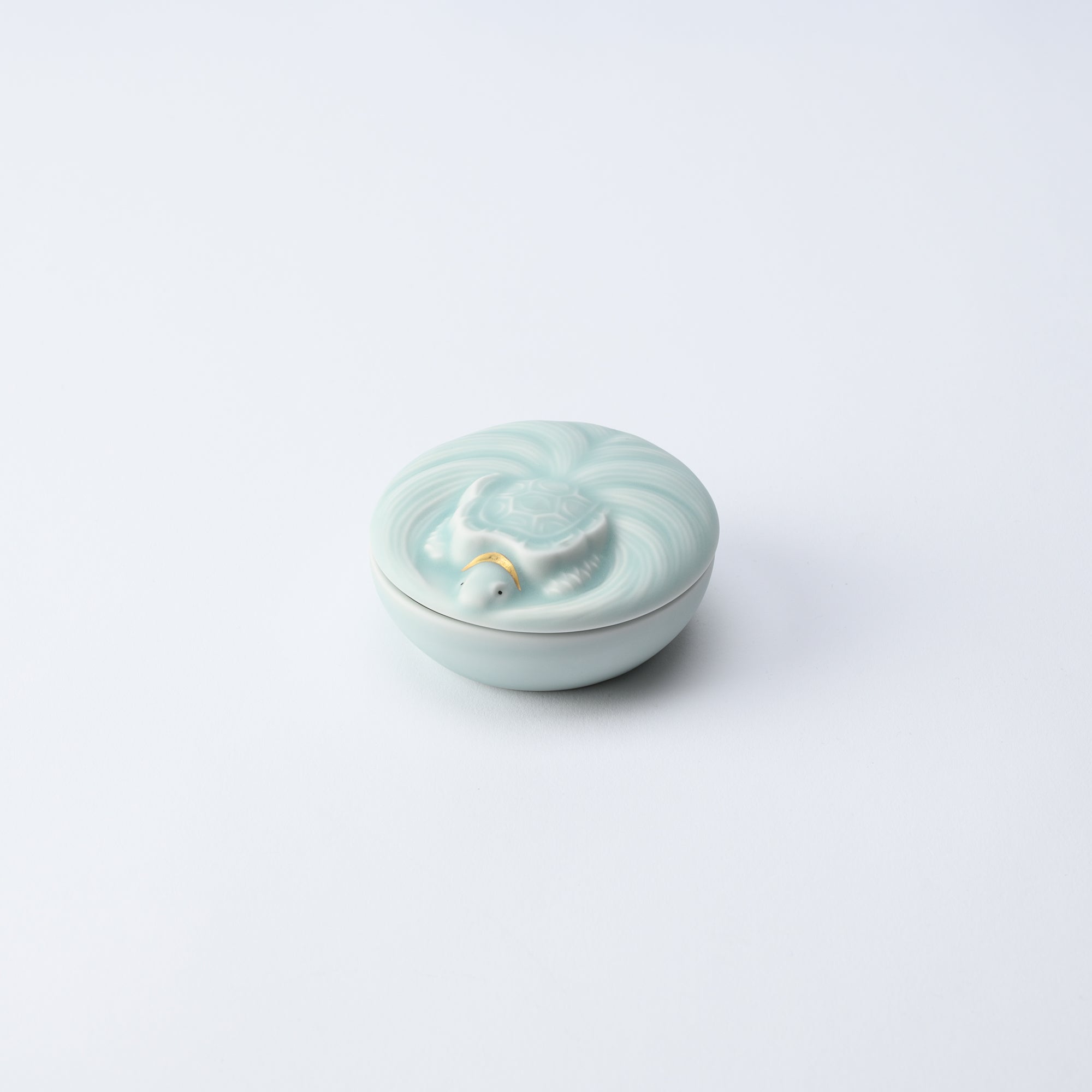
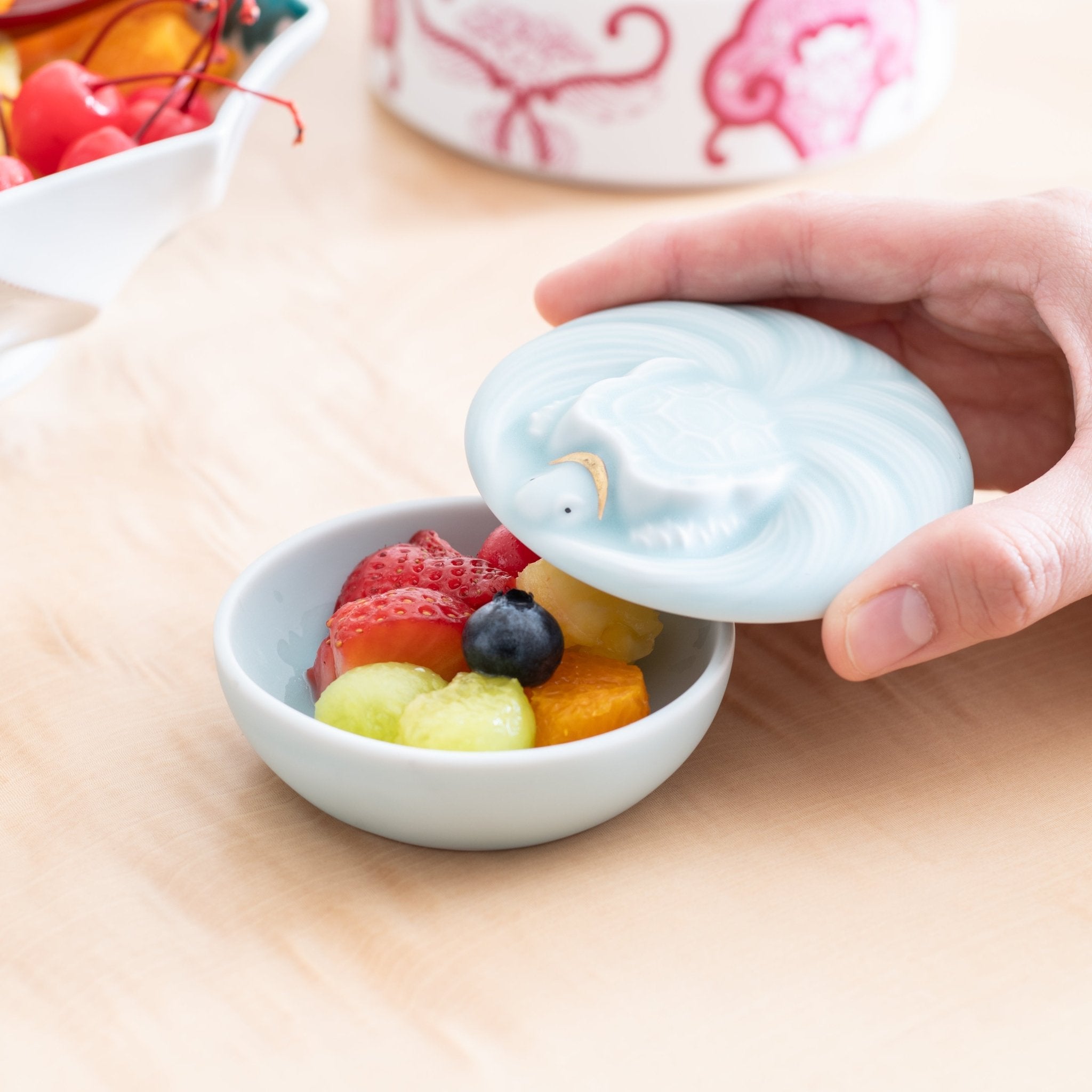
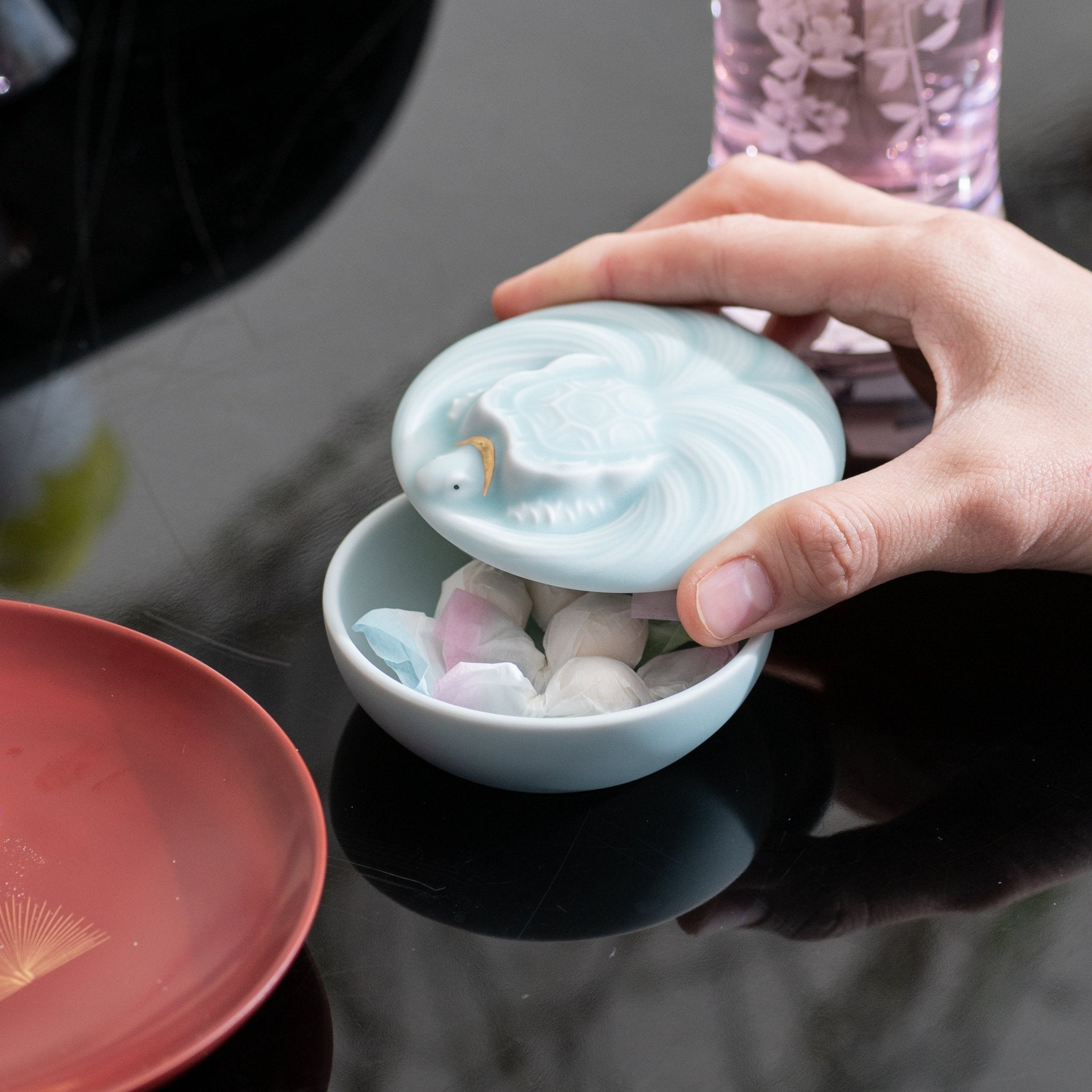
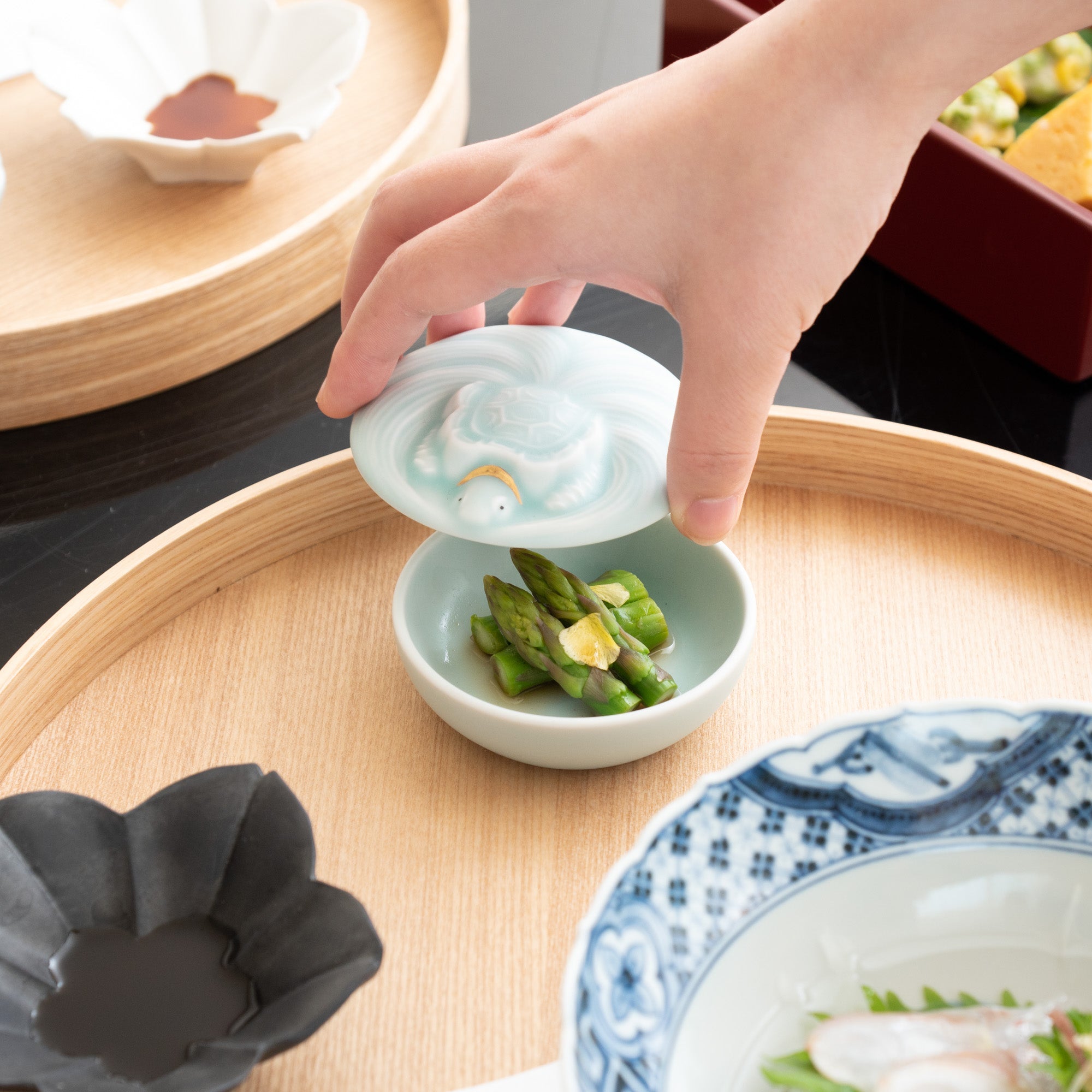
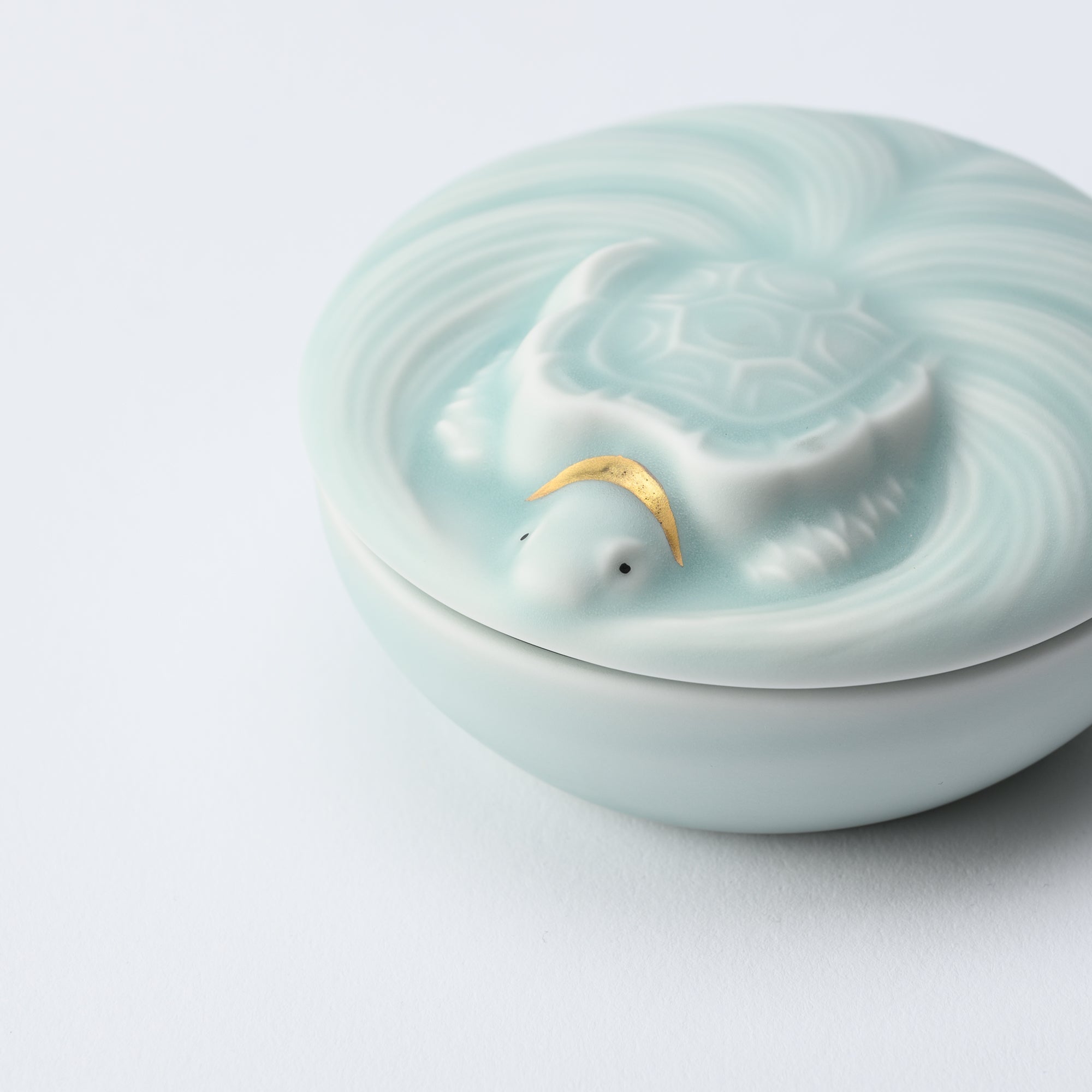
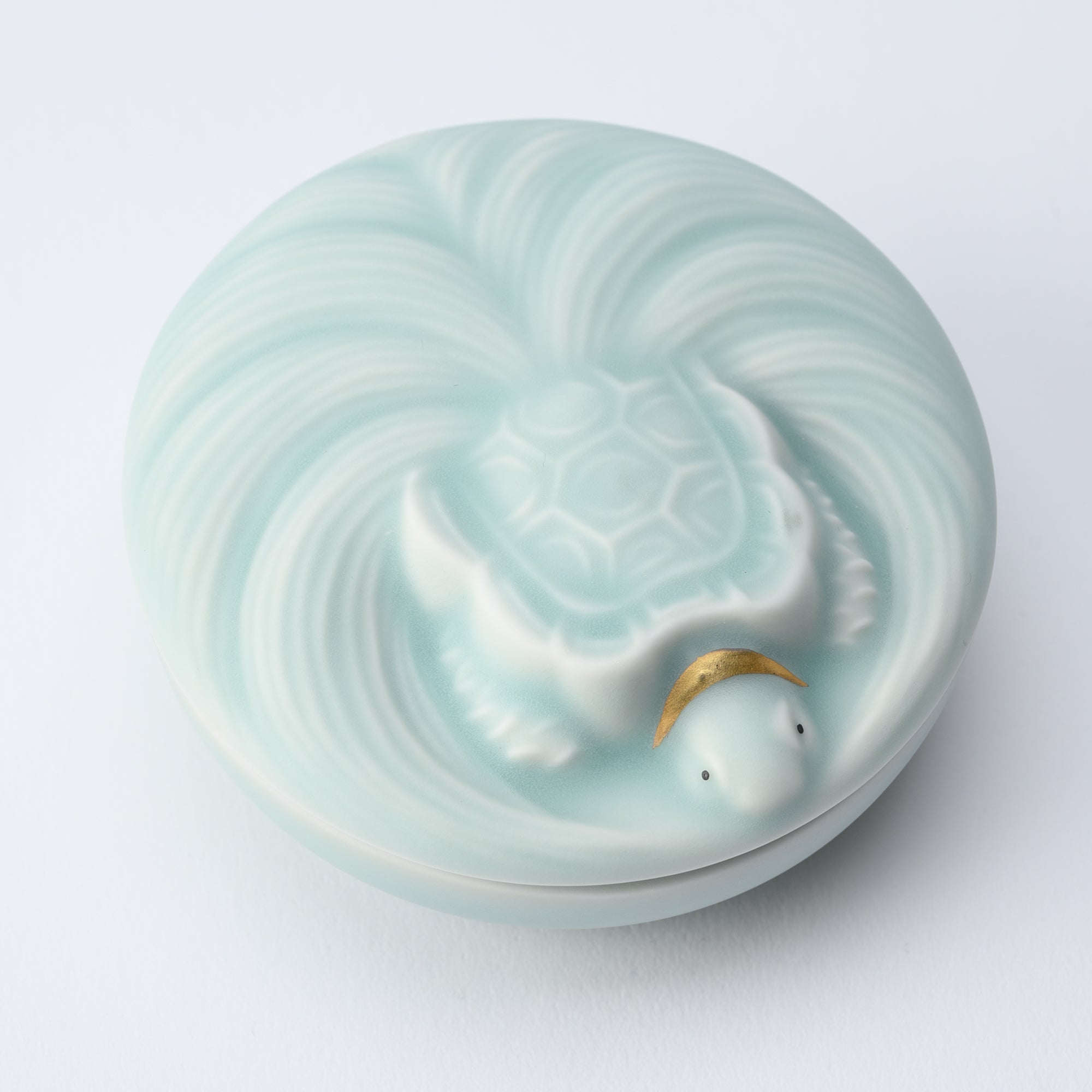
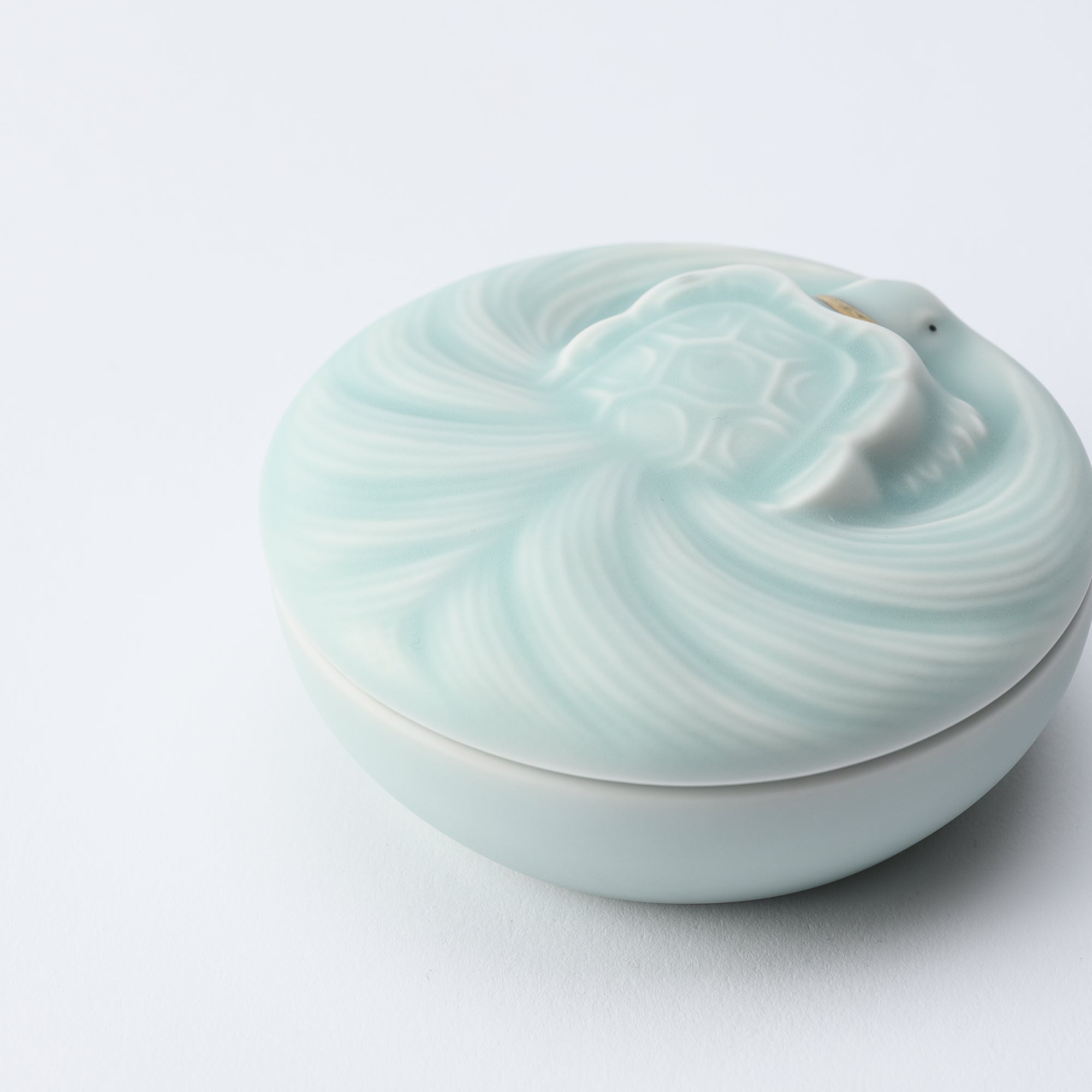

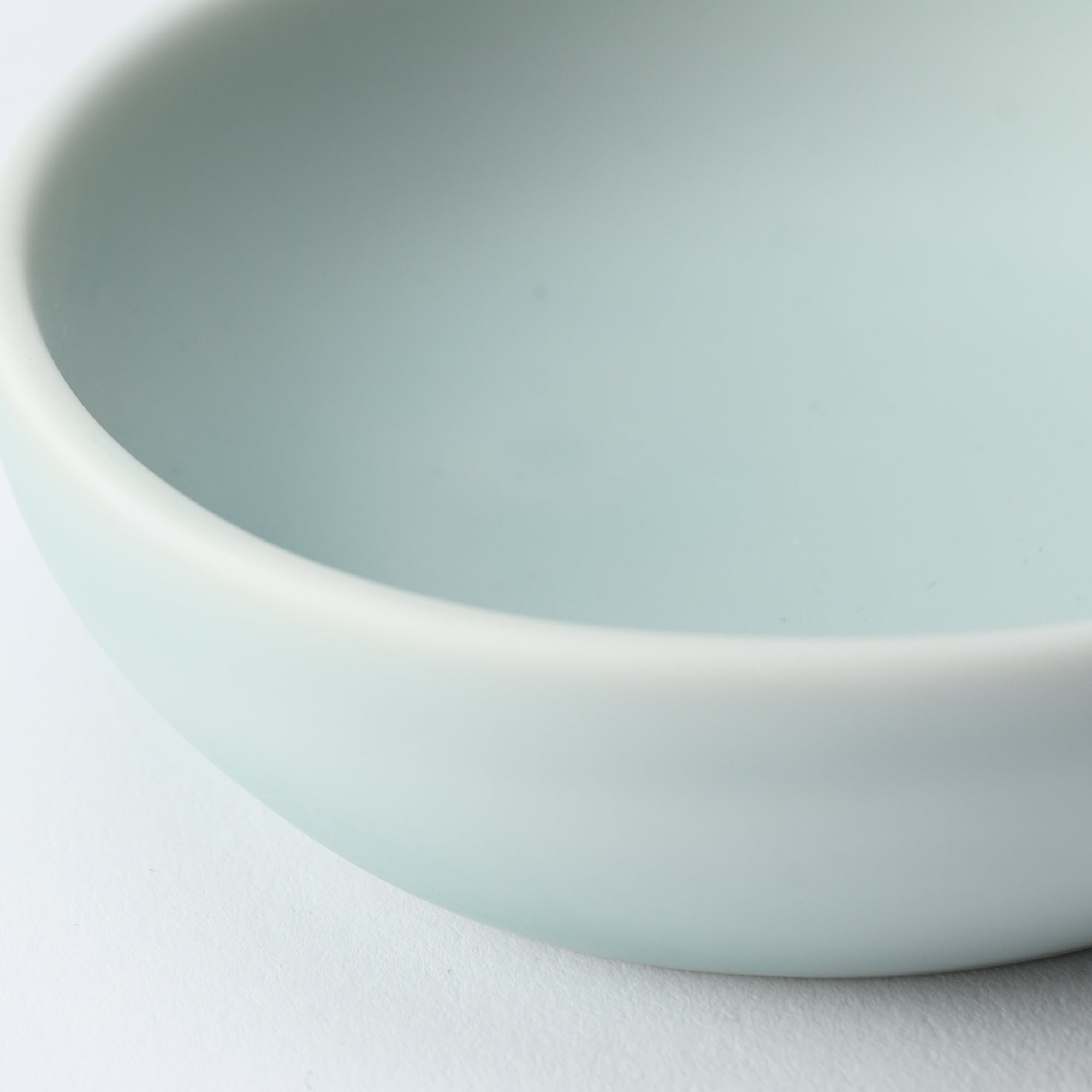
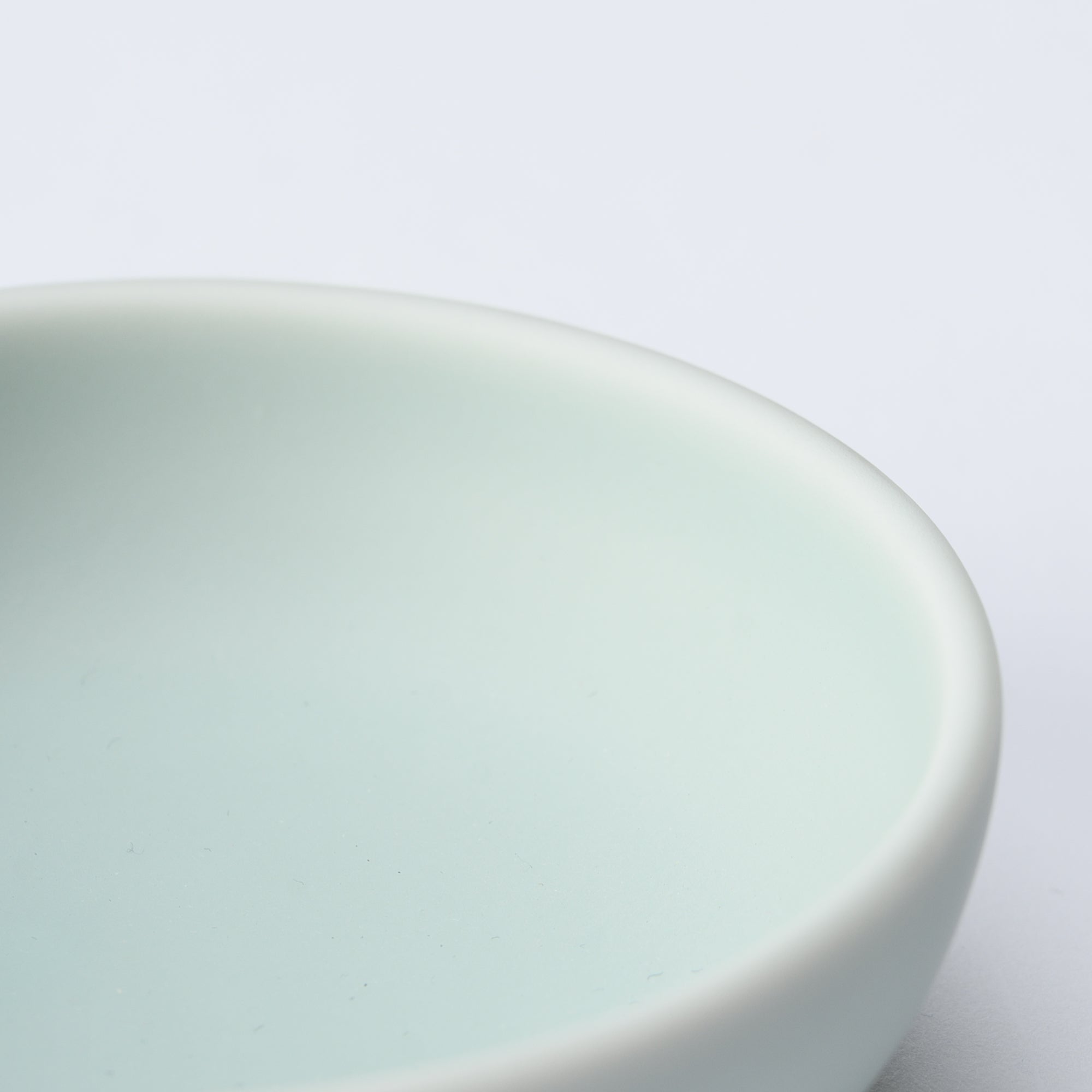
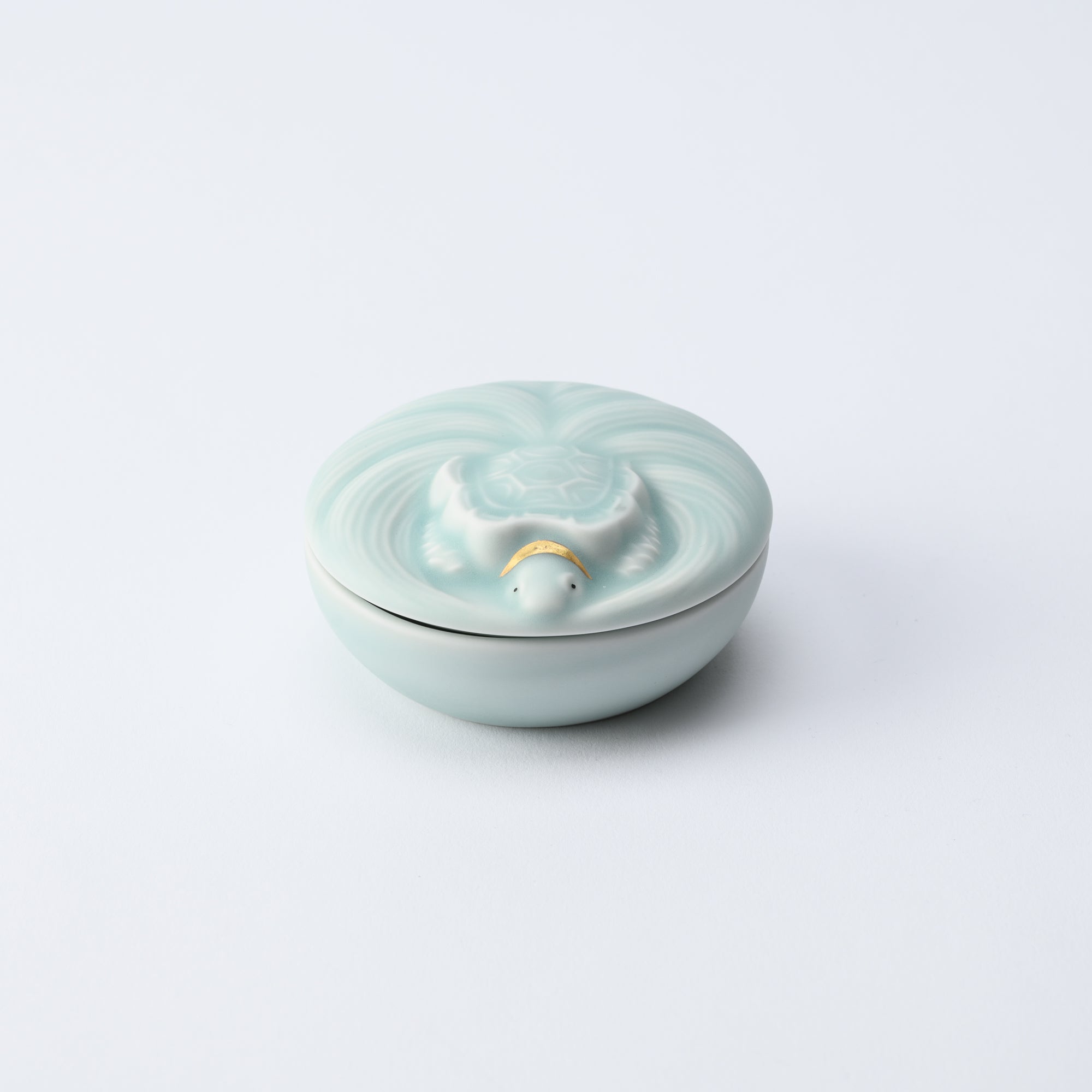
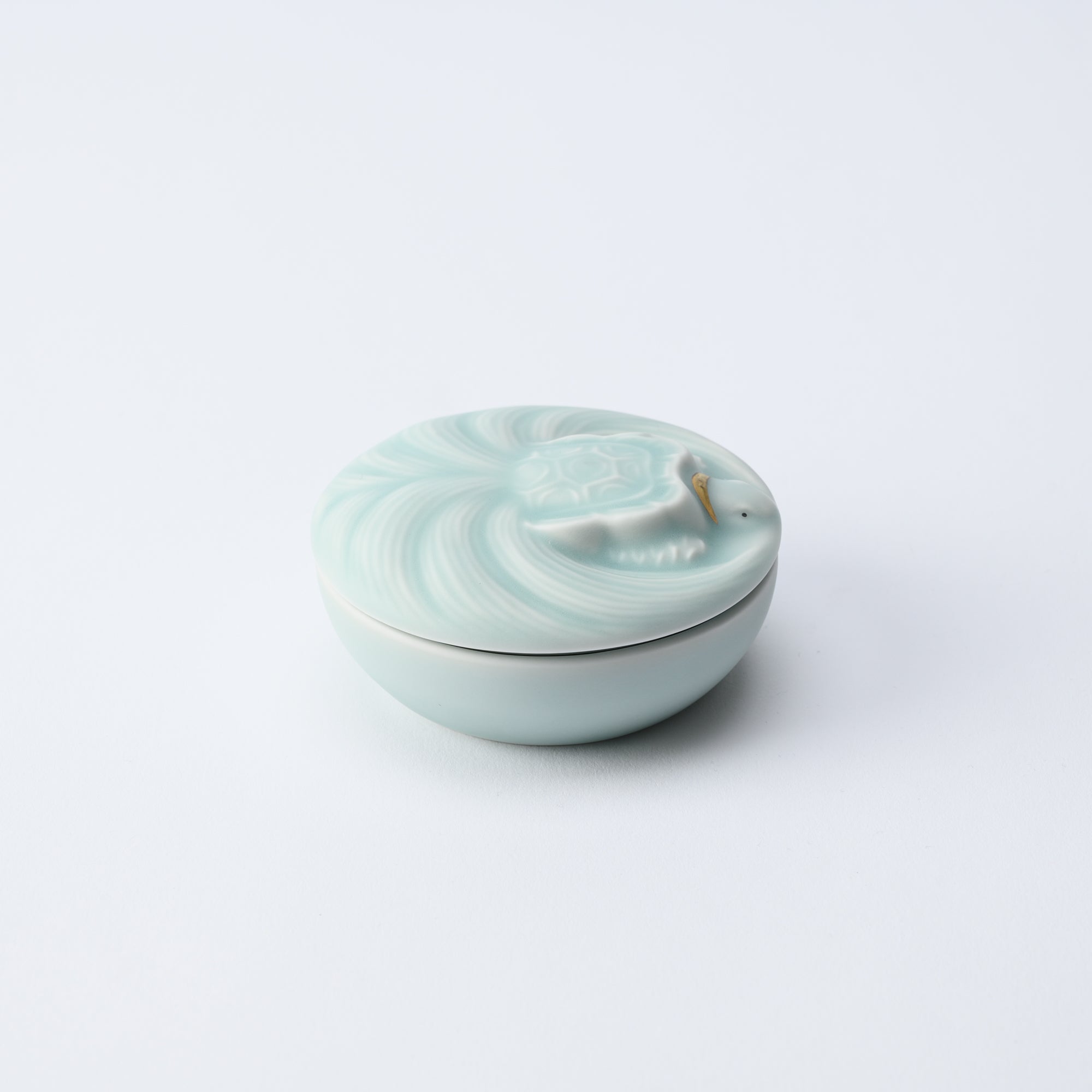
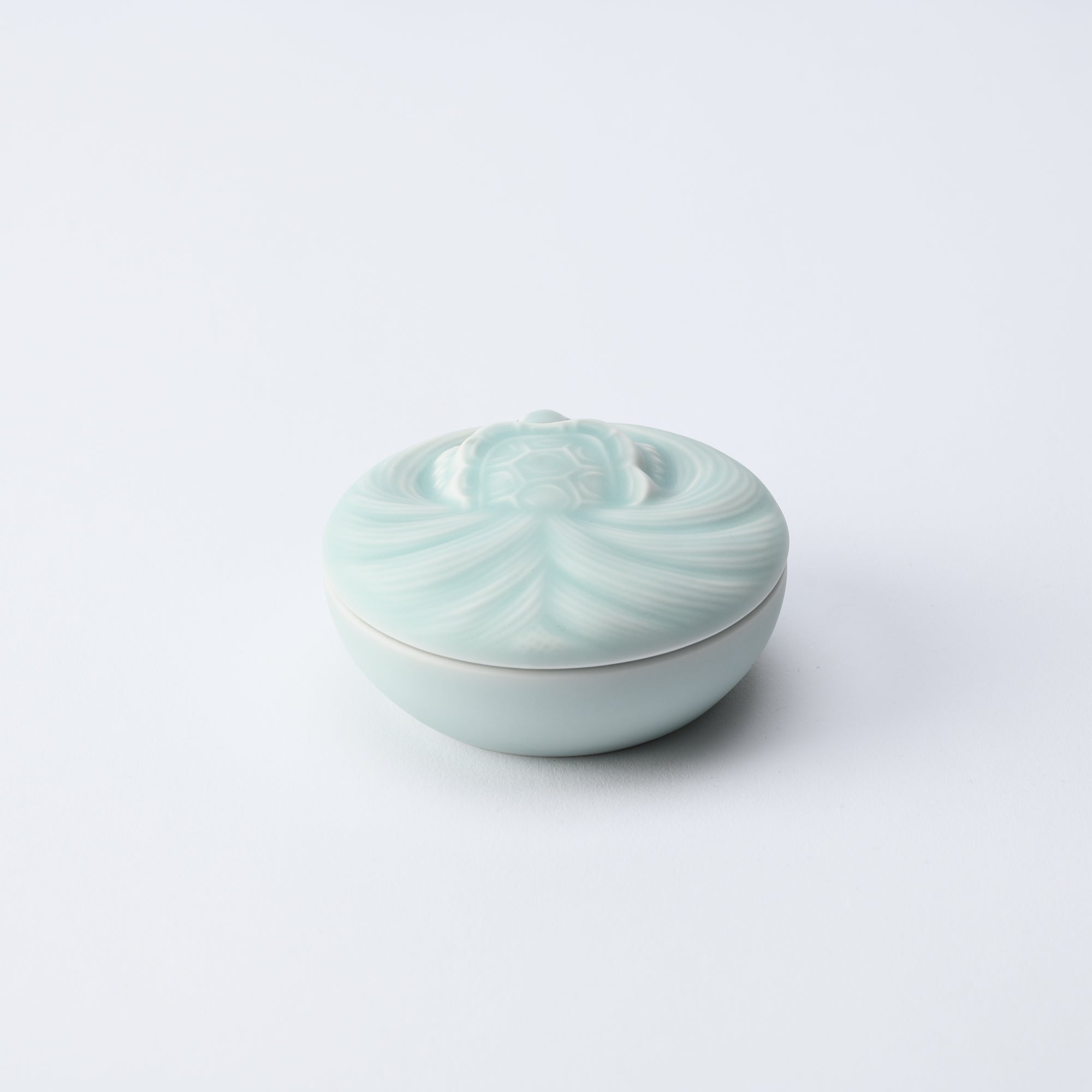
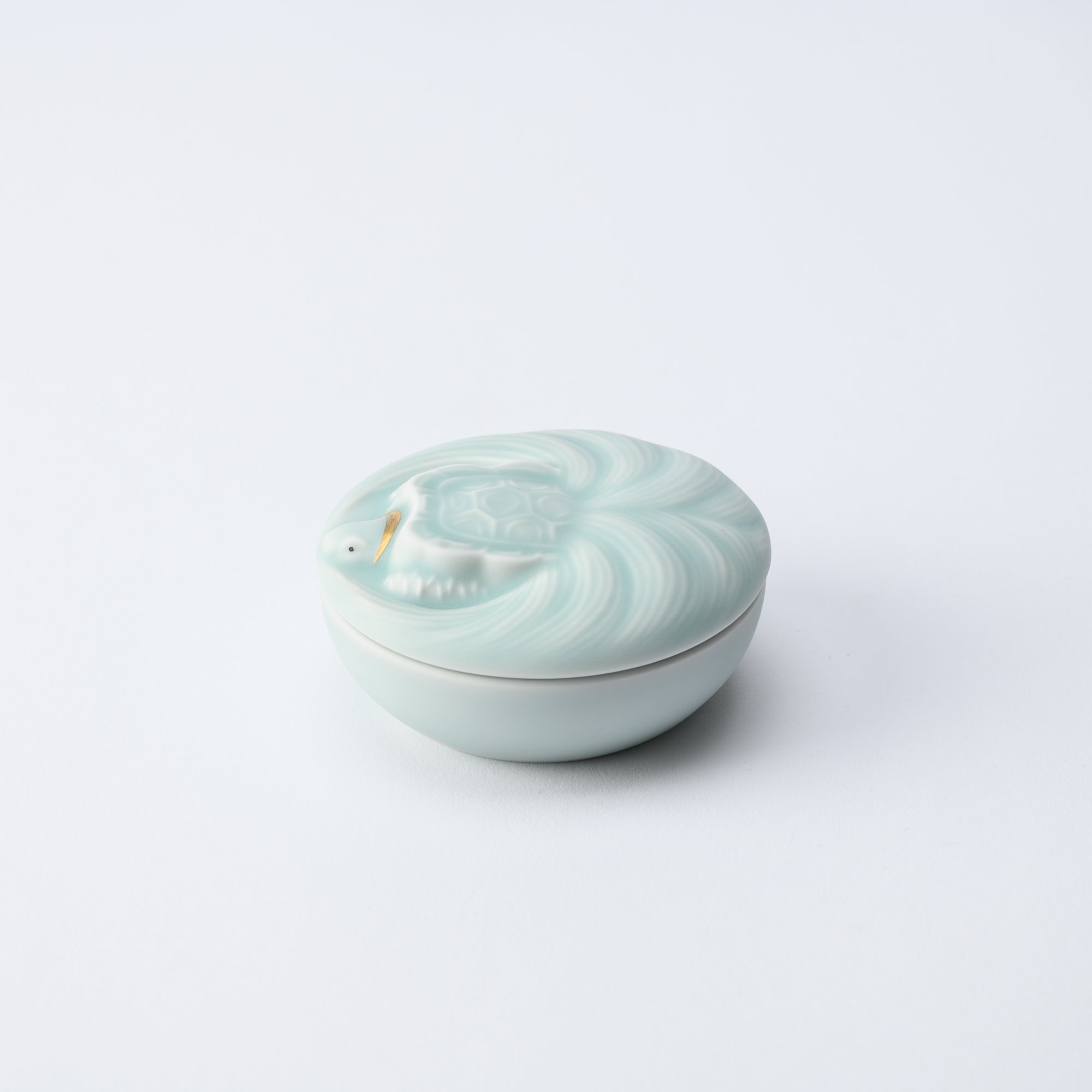
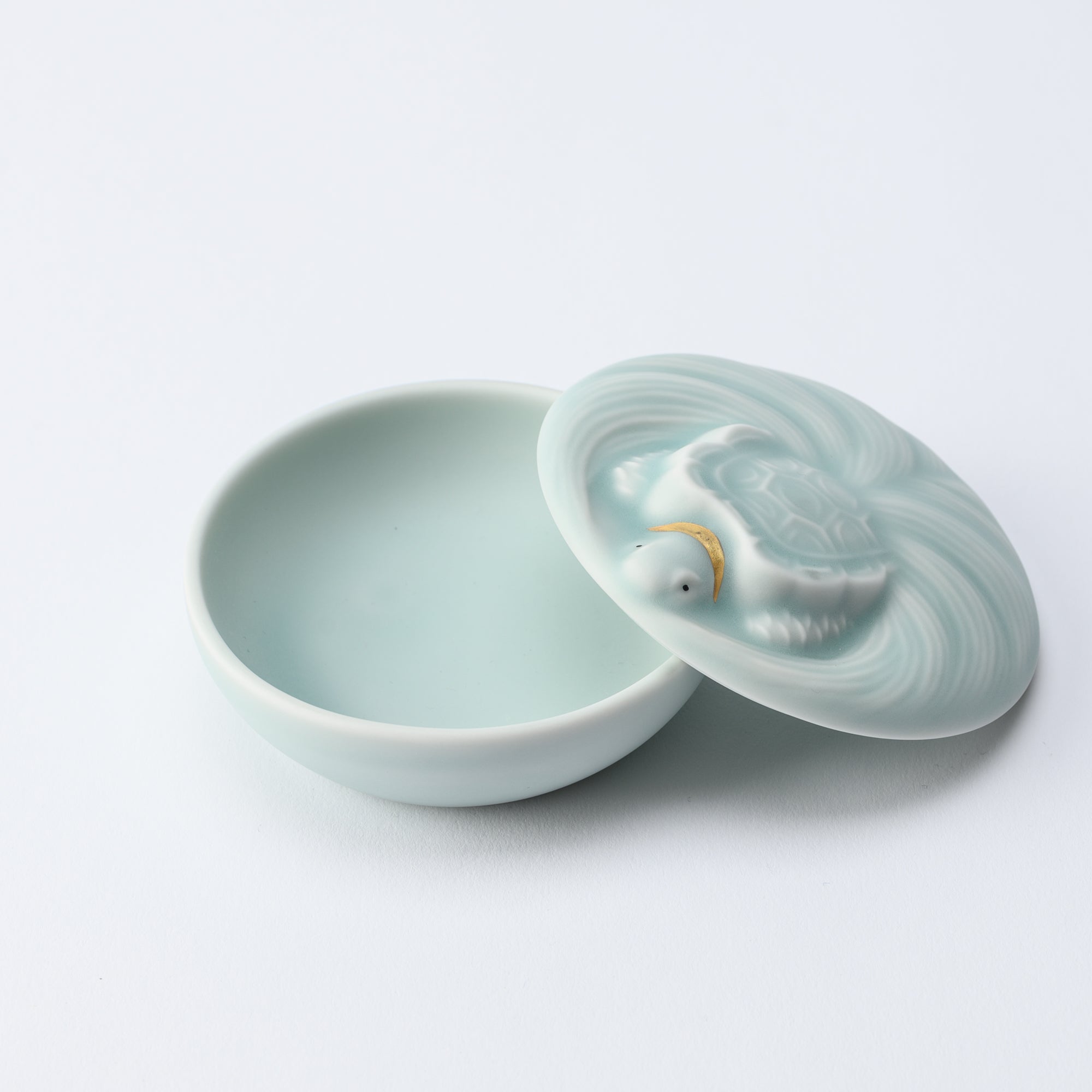
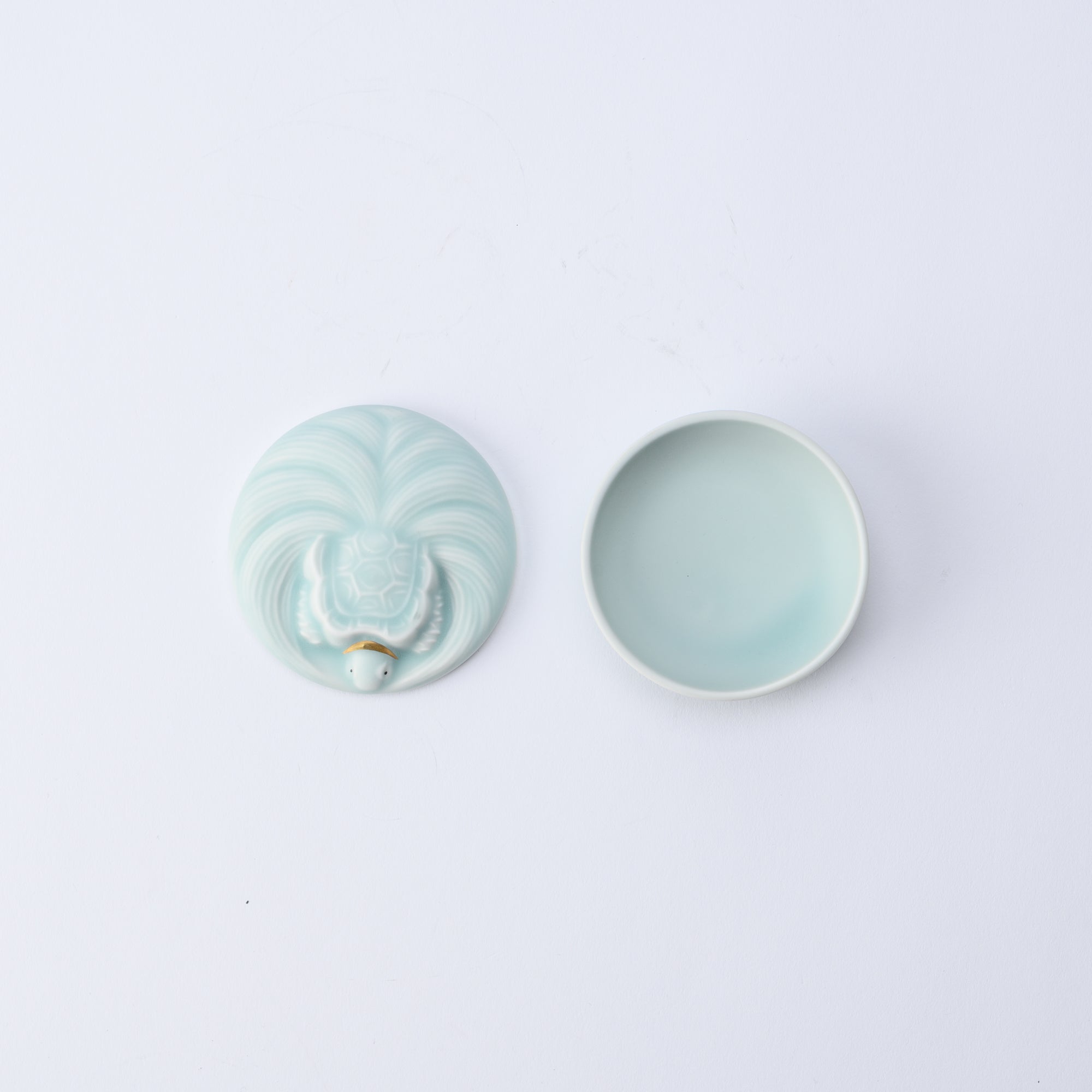


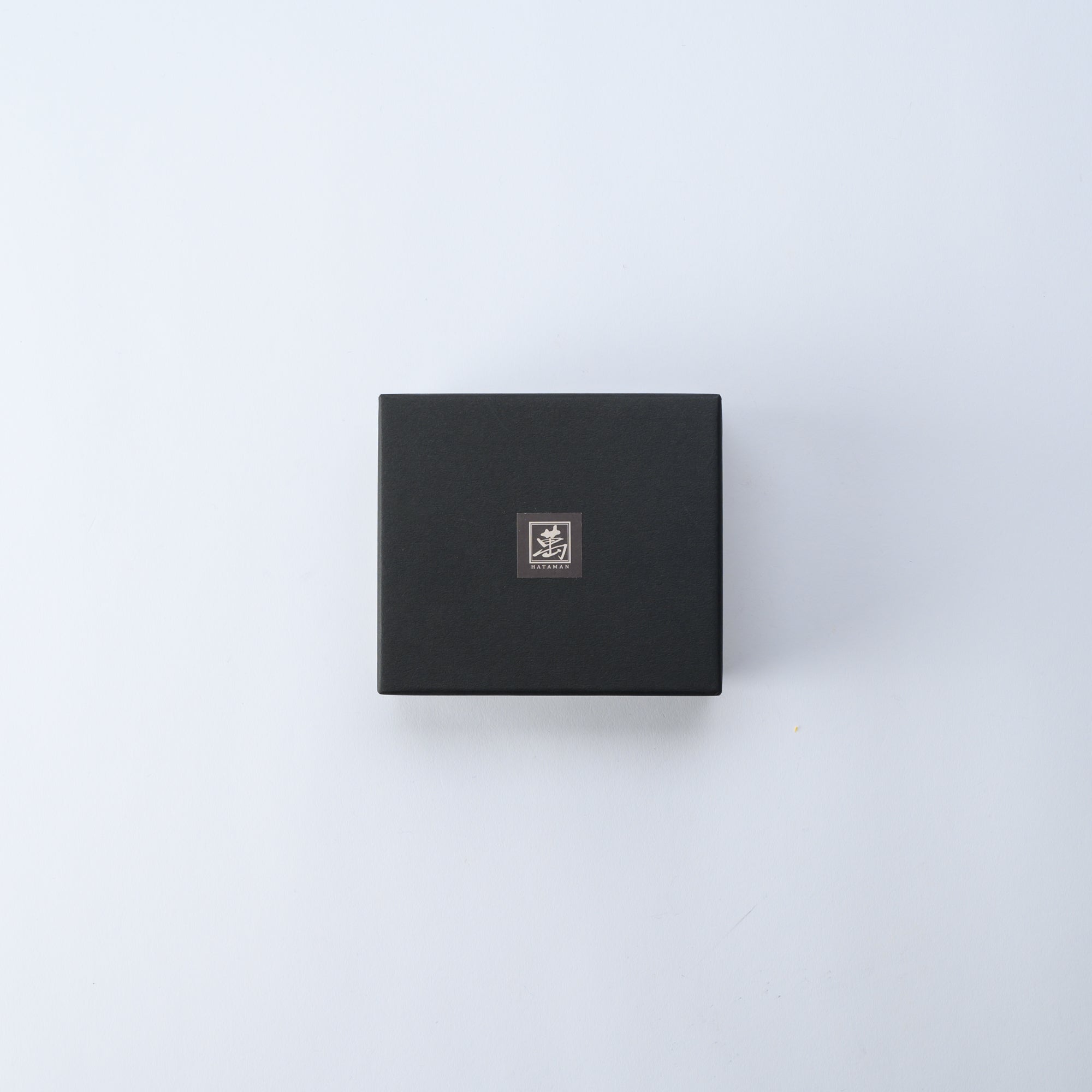
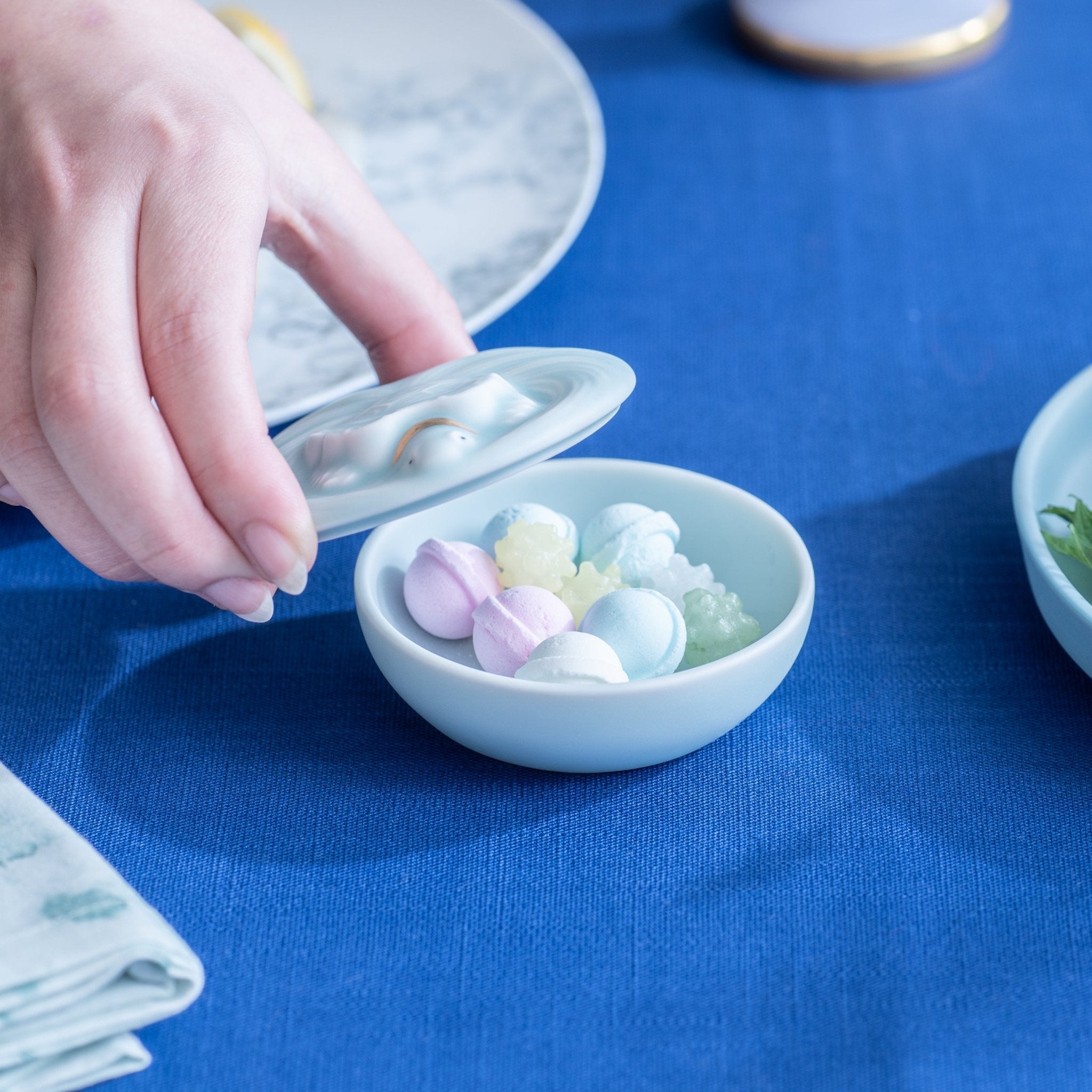
Moist Gold Turtle Small Box
Estimated Shipping Widget will be displayed here!
The graceful matte celadon texture of this turtle-shaped small box conveys tenderness the moment you touch it. Accented with gold, the combination with the pale blue exudes refinement and charm.
The turtle is a cherished motif in traditional Japanese art, symbolizing longevity and good fortune. Inspired by the saying, "Cranes live for a thousand years, turtles for ten thousand years," it embodies wishes for a long and prosperous life.
While beautifully appealing as a decorative accent, this box can also be used to hold delicacies or small items, making it both functional and ornamental.
DETAILS
| Quantity | 1 |
| Size | D 8.5 cm (3.3 in) x H 3.7 cm (1.5 in) |
| Material | Porcelain |
| Package Type | Paper box |
| Microwave | No |
| Dishwasher | Yes |
Maker / Brand
Hataman Touen inherits the rich history and techniques of Imari Nabeshima ware, a tradition spanning 370 years, while embracing the spirit of Japanese culture that enriches the heart and soul. They aim to embody Japanese aesthetics in a modern context and share their story and products with the world.
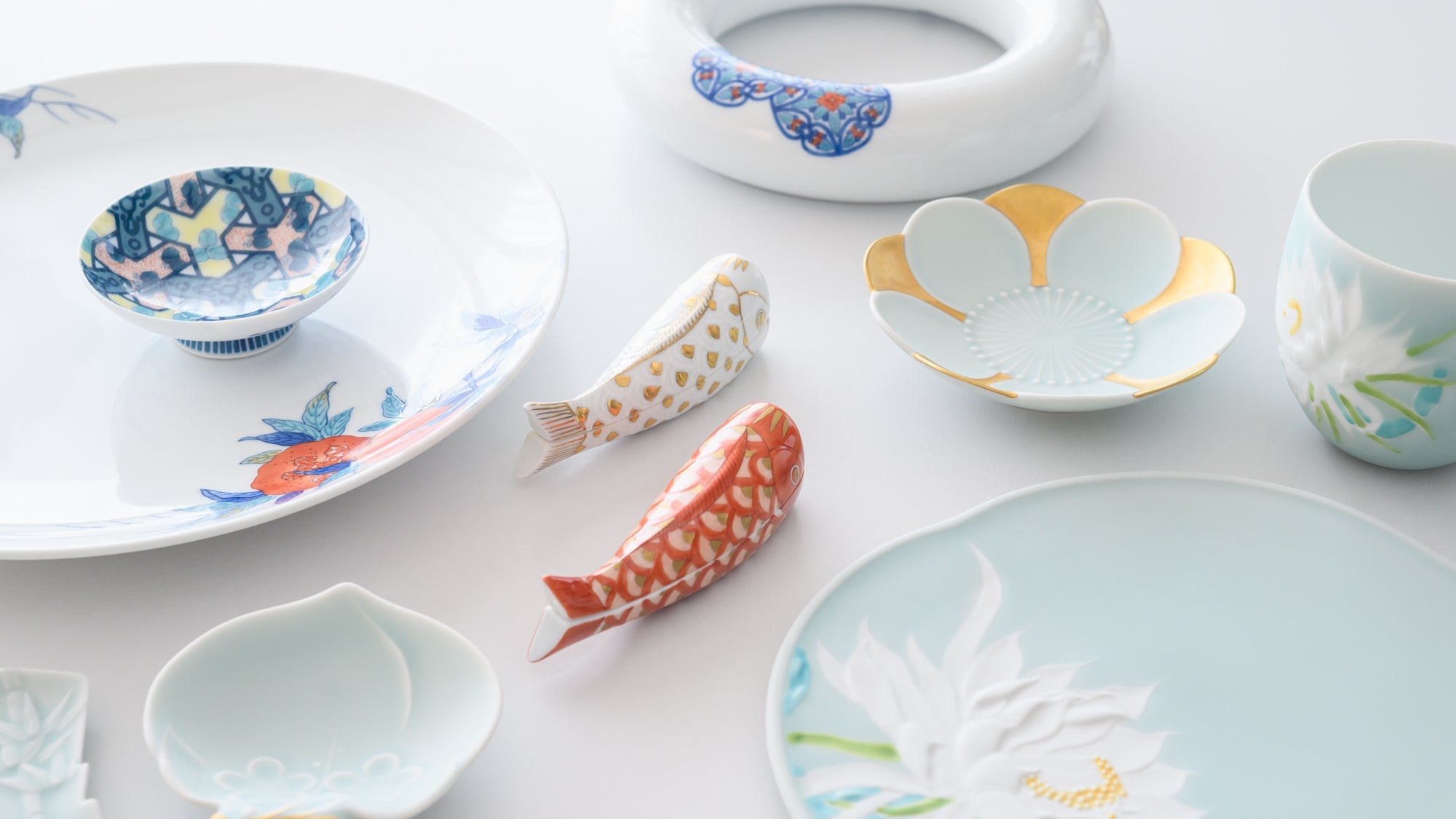
Crafts
Nabeshima ware is a type of porcelain crafted at the meticulously managed Nabeshima domain kiln. This kiln, which operated as a government-run project under the direct supervision of the Saga Nabeshima domain, flourished during the early Edo period (1603–1868 CE).
For approximately 250 years, Nabeshima ware was reserved solely and exclusively for shoguns and feudal lords, with the kilns producing exquisite pieces in styles like iro-Nabeshima (overglaze enamel), ai-Nabeshima (sometsuke), and Nabeshima seiji (celadon). After the feudal system ended, the kilns were privatized, welcoming new potters and giving rise to what is now known as Imari Nabeshima ware.
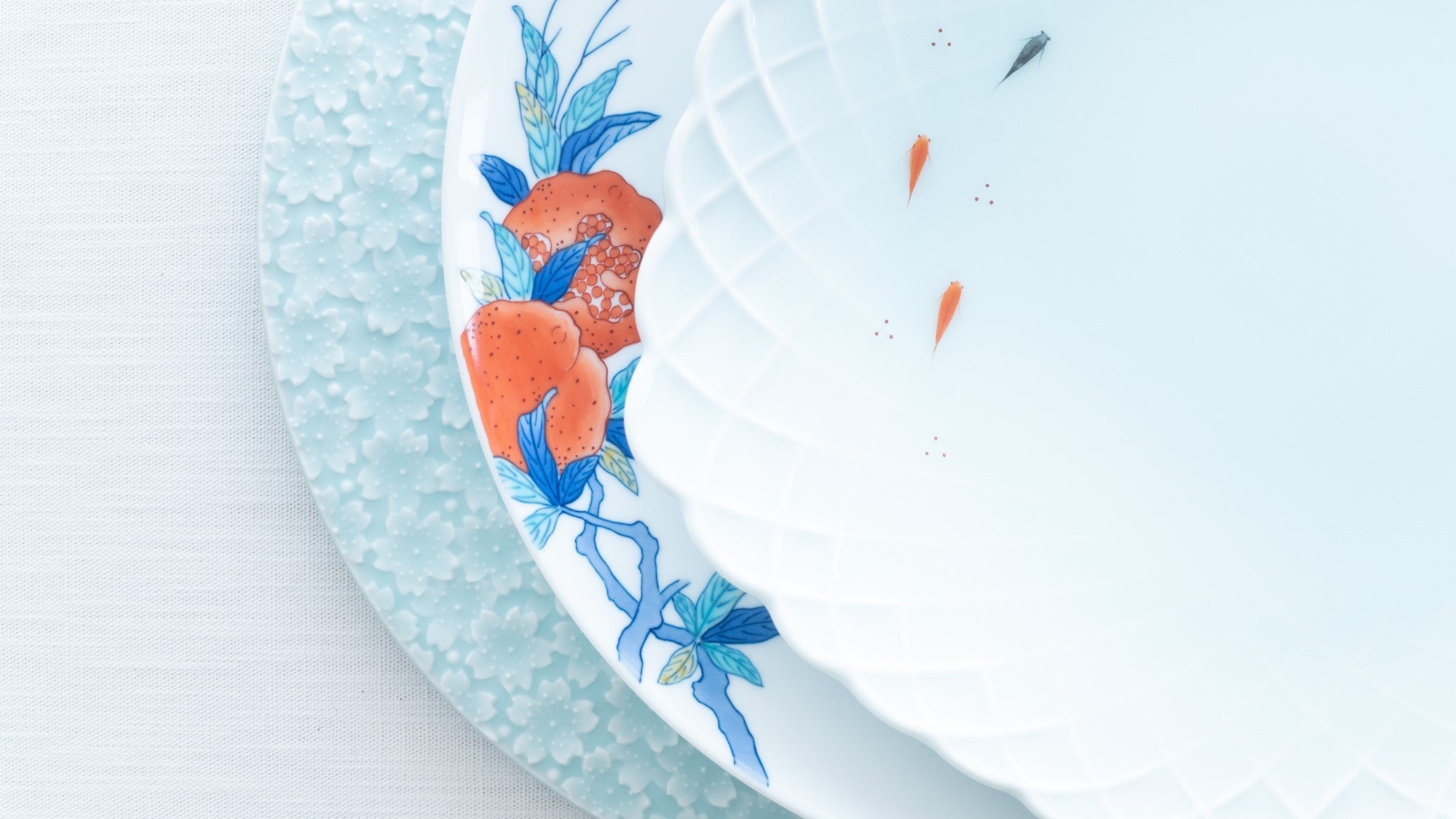
Choose options





















Boxes
Beautifully decorated and versatile, Japanese boxes bring a touch of traditional charm to your home or office decor. This handcrafted collection includes candy boxes and spice containers, ideal for holding sweets and condiments. Their elegant and multifunctional designs make them perfect for repurposing as jewelry boxes, desk organizers, or stylish storage for small essentials.
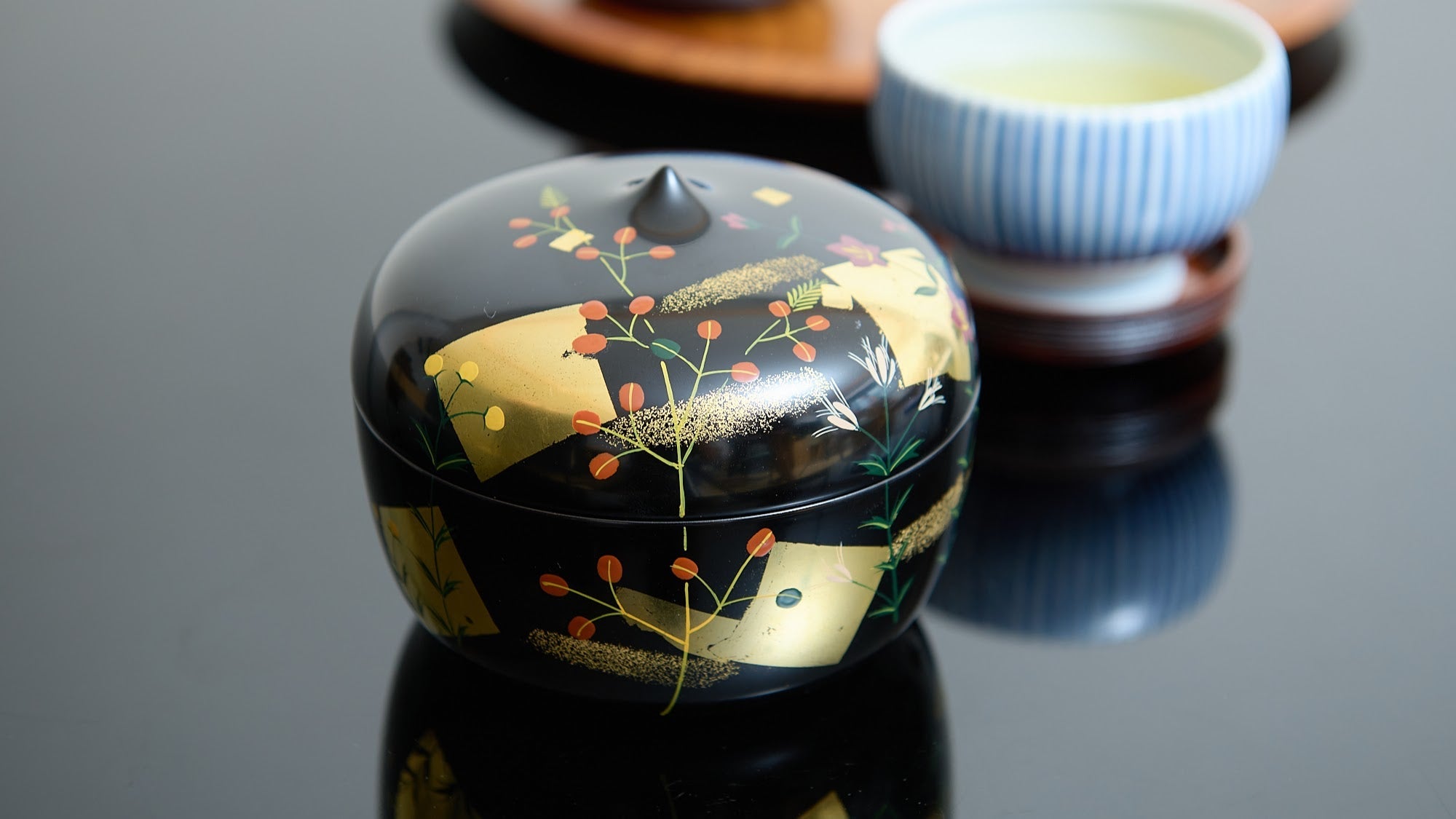
Celadon
Celadon porcelain originated in China and was introduced to Japan by the 10th century. Among the aristocratic classes at that time, celadon wares from China were regarded as the finest imported goods. They adored its mysterious blue and named it "secret-color."
Production of celadon ware began in the Hizen region, the northwestern part of present Kyushu in the early Edo period (1603 CE - 1868 CE), and the technique was later passed on to Kyoto and nearby areas. In 1957, the craft technology was designated a national intangible cultural asset. Celadon continues to be cherished and crafted by many potters and artisans today.
